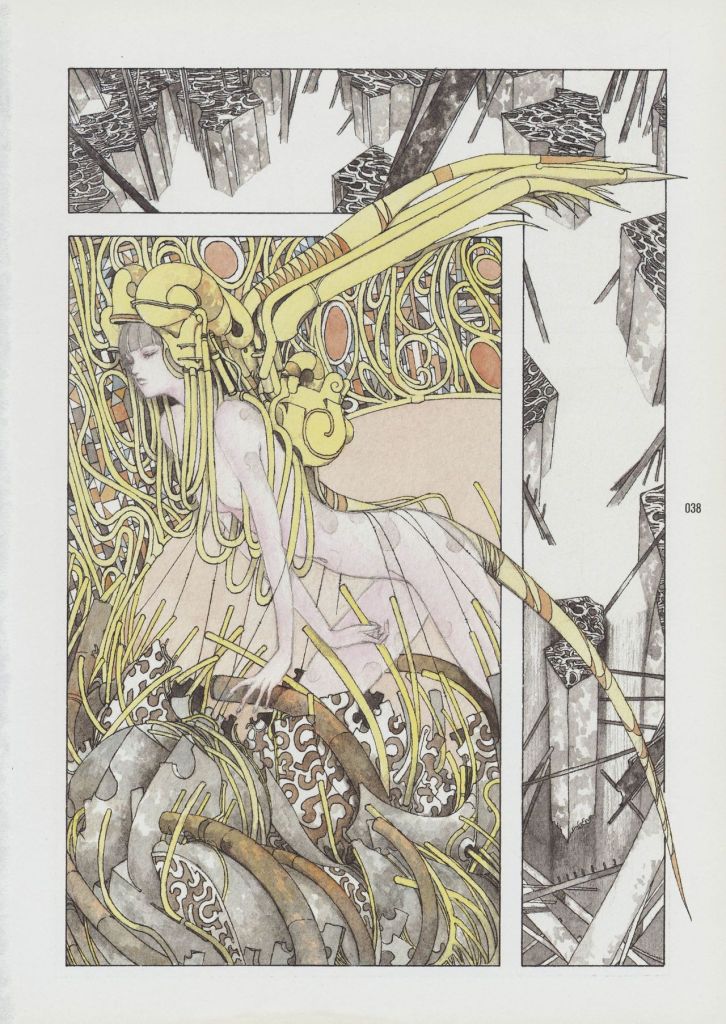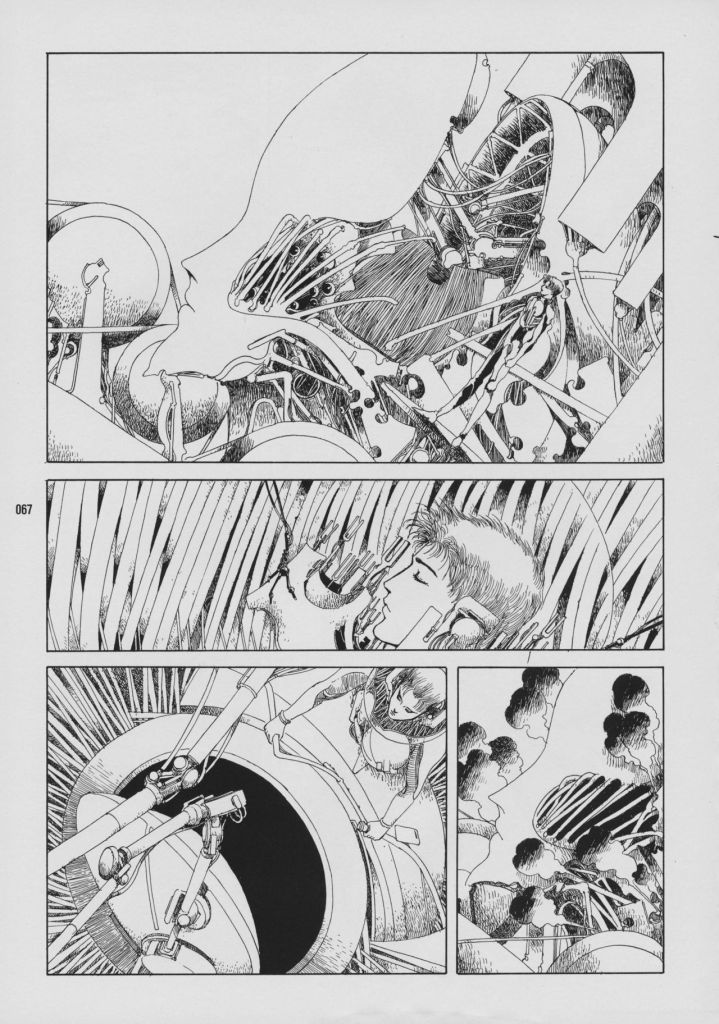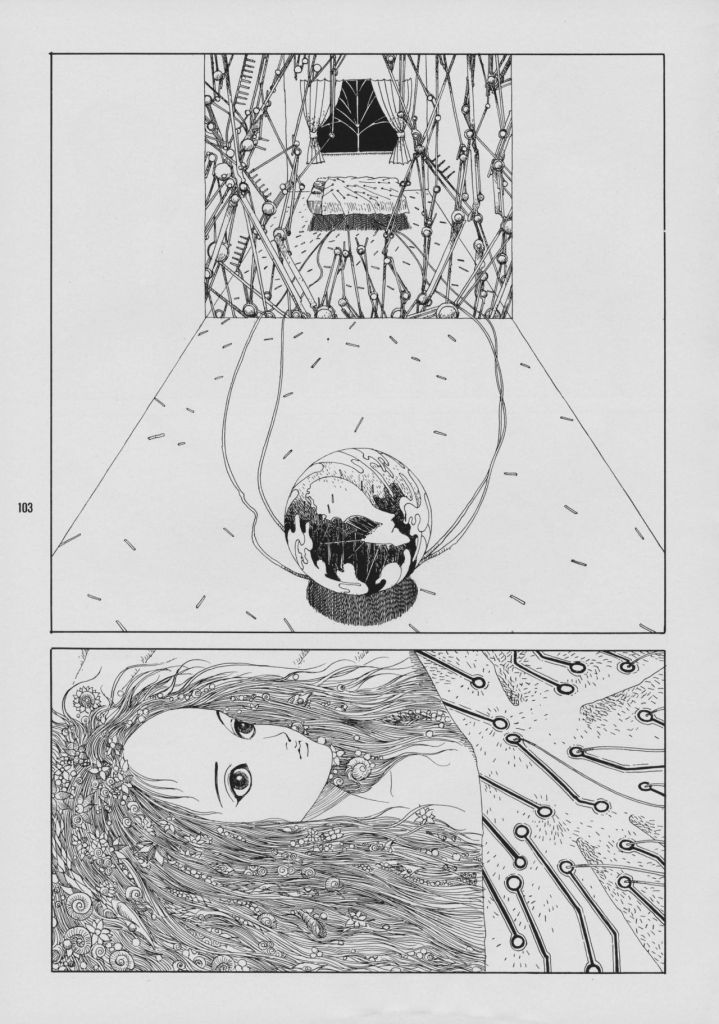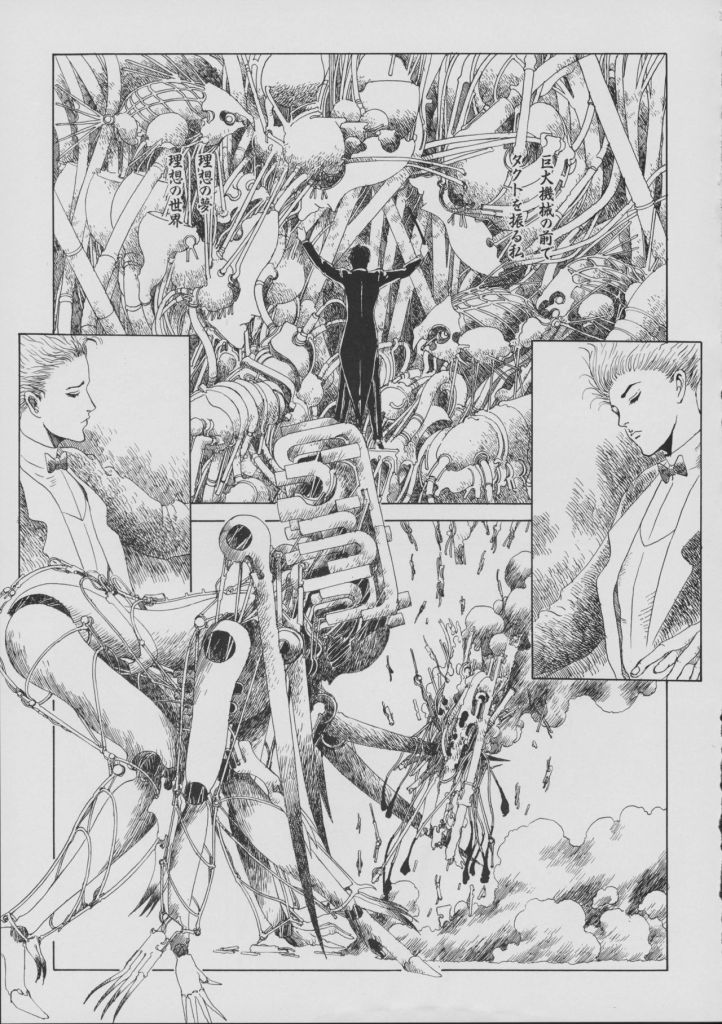
One of the most common pieces of advice you’ll get as a writer is not to write purple prose and it’s almost uniformly the thing editors will par away when confronted with in a manuscript. What is purple prose? From Wordsmith: “An overly ornate piece of writing. Two synonyms of the term are ‘purple passage’ and ‘purple patch’. The idea comes from Latin pannus purpureus (purple patch), a phrase used by the poet Horace in his Ars Poetica (The Art of Poetry) to suggest a patch of royal fabric on an ordinary cloth, a brilliant piece of writing in an overall dull work. Purple was the color of choice by the royalty as the purple dye was the rarest and hence most expensive.” The connotations in the origins of the term aren’t as negative as I expected. True, there is an imbalance suggested here, a lack of cohesion, and a measure of pretension; but there’s also a sense of reaching for the fantastic and unattainable, an exhibition of something rare and treasured.
As a stylistic goal, it’s often suggested that one write sparingly, plainly, without any distracting detail or syntax. The examples one is always given are the usual rhetorically frugal suspects: Hemingway, Twain, Carver, McCarthy. In the much revered Elements of Style, Strunk and White tell us, “Omit needless words” and considered purple prose “hard to digest, generally unwholesome, and sometimes nauseating”. It’s a useful tip, but has become an oversimplified aphorism meaning shorter is always better and that “needless” means any word without which the sentence can still make sense. It’s a shame the rest of Strunk’s thoughts on omitting needless words is often forgotten: “This requires not that the writer make all sentences short or that he avoid all detail and treat subjects only in outline, but that every word tell.”
Unlike purple prose, which is only mentioned pejoratively, a minimal writing style (beige prose) is almost always spoken of in the positive and upheld as naturally better. For some reason, this muted minimalism is considered efficient, demonstrating an economy of thought and respect for the reader’s valuable attention. From a Masterclass article: “Beige prose…allows writers to draw readers’ attention to the right things, helping them zero in on the important part of a passage rather than bogging them down in excessive description and unnecessary words.” For some reason it’s acceptable to underplay detail than overstate it. But why? Why do we value curt simplicity, economy and predictable sentences over the cumulative, experimental and ornate?
The case against purple prose seems to be 1) it’s distracting from the “main message” 2) it makes readers feel stupid, 3) readers don’t have the patience for it. The first objection seems to misunderstand that style and ‘message’ are all part of a whole; the ‘message’ changes if the language changes. Style is content. The second and third points feel terribly infantilizing and capitalistic but true. Charles Harrington Elster tells us a little about when the dislike of purple prose arose: “Purple prose doesn’t seem to have become wholly pejorative until the twentieth century when steep declines in the vocabulary and reading comprehension of college-educated Americans caused a panic in the education establishment and the newspaper industry, which together launched a campaign against prose that displayed royalty, grandeur, and power.”
Not sure of the veracity of this claim but it’s an understandable reflex: literacy has always been a mechanism of social control and oppression. Sonja Ardoin tells us, “Language—including acquisition, word choice, and accent—is classed behavior and is considered a form of capital that we possess as part of our social class identity.” But with the internet and it’s dissemination of literature, accessible educational resources, and linguistic tools, there’s no excuse not to reclaim that grandeur for ourselves. I also don’t think this claim holds as much water now, especially considering authors who write in dialect or a mixed vocabulary from different languages instead of just rare forms of English; consider the work of Lois-Ann Yamanaka, Nalo Hopkinson, Irvine Welsh, or Toni Morrison, who steep their language in dialect unapologetically, heedless of their readers insecurities or patience. There is no code-switching to comfort the reader.
Purple prose and wordiness is also used to refer to words that are uncommonly used, a piece of advice I don’t subscribe to because I love discovering new words, their origins and therefore new ways of seeing things. From Paul West again, “Take the word ”muscle,” for instance, which comes from some Roman’s impression that when a muscle flexes, a small mouse -a musculus – seems to be running underneath the skin. We have all but lost that mouse, and I am not saying that purple will retrieve it; it might, it might not, depending on how much etymology the purplist has. But purple will perhaps restore the shielded, abstracted modern reader to that more atavistic state of mind in which the observer can imagine a subcutaneous mouse.”
Engaging with work that unearths ignorance on the reader’s part isn’t the ‘problem’ of the author but requires commitment on the part of the reader. One would hope all art would make you feel some level of ignorance, otherwise what’s the point of engaging with creative work you already fully understand?
In Paul West’s article “In Defense of Purple Prose”, he writes, “This minimalist vogue depends on the premise that only an almost invisible style can be sincere, honest, moving, sensitive and so forth, whereas prose that draws attention to itself by being revved up, ample, intense, incandescent or flamboyant turns its back on something almost holy – the human bond with ordinariness…Surely the passion for the plain, the homespun, the banal, is itself a form of betrayal, a refusal to look honestly at a complex universe, a get-poor-quick attitude that wraps up everything in simplistic formulas never to be inspected for veracity or substance… The ideal is to create a complex verbal world that has as much presence, as much apparent physical bulk, as the world around it. So you get it both ways: the words evoke the world that isn’t made of words, and they – as far as possible -enact it too. The prose, especially when it’s purple, seems almost to be made of the same material as what it’s about.”
Instead of economical and efficient use of words, I like thinking about language in its effectiveness. In Building Great Sentences, Brooks Landon tells us, “Unless the situation demands otherwise, sentences that convey more information are more effective than those that convey less. Sentences that anticipate and answer more questions that a reader might have are better than those that answer fewer questions. Sentences that bring ideas and images into clearer focus by adding more useful details and explanation are generally more effective than those that are less clearly focused and that offer fewer details.” And from John Erskine: “The principle is this: When you write, you make a point not by subtracting as though you sharpened a pencil, but by adding. When you put one word after another, your statement should be more precise the more you add. If the result is otherwise, you have added the wrong thing, or you have added more than was needed.”
Of course there is drama and charisma to be had with stripped-down prose, the “Jesus wept”s, but I find the most enriching prose aims for the deepest level of specificity it can. Francis Christensen tells us, “I try in narrative sentences to push to level after level, not just two or three, but four, five, or six, even more as far as the students’ powers of observation will take them. I want them to become sentence acrobats, to dazzle by their syntactic dexterity.” Le Guin echoes something similar on the subject of long sentences, “To avoid long sentences and the marvelously supple connections of a complex syntax is to deprive your prose of an essential quality.”
Instead of damning indulgence, destroying your dictionary and feeding your manuscript into the dreaded Hemingway App, one might look at editing their prose without a finger poised over the delete key. Instead of cutting for wordiness alone, cut for redundancies or re-write to add for specificity. But even then, redundancies have their own place in language. ‘A little kitten’, for example. We know it’s little because of it being a kitten, but ‘little kitten’ adds a flavor of fondness to the phrase. Wordiness also has another benefit; in his poetry collection Hard Scrabble, McFadden tells us, “We often take circumlocution as evasion, it needn’t be. It might be a first step, a first form, triangulation: talk around something long enough and you can divine its center. Circumlocution. Perigraphs. I am going somewhere.” I love the use of perigraph in this paragraph. We can measure the movement of one’s thoughts by the limits in their language.
Instead of getting hung up on the color of your prose, focus instead on making every word tell; meaning can be made in its misuse, in the context it’s placed in, its rarity, in the subversion or acknowledgment of its etymology. Every word is full to the brim with linguistic potential and limiting one’s creative instincts because of a potentially impatient or insecure reader does nothing for either of you artistically. Fear the words not written, the ideas left vague, not indulging in the language that excites you.




Glad this blog is back, both for the pleasure of seeing many of my own approaches to art & writing being endorsed here, & for fresh insights you’re so generous in sharing.
As to the bad rep of purple prose, i am inclined to blame some of it on the legacy of protestantism & its tendency to value functionality over ‘ornament,’ and a certain thriftiness; the iidea that the more art looks like business, the less suspicious it is ….
LikeLike
Thanks Ibrahim! And yes, that makes a lot of sense to me…!
LikeLike